Global Vigilance: Preventing International Pandemics

Elevating Global Vigilance: International Pandemic Prevention
The interconnected nature of our world has magnified the importance of international collaboration in preventing and mitigating pandemics. As the global community continues to grapple with the aftermath of recent health crises, the imperative of international pandemic prevention becomes increasingly evident.
The Urgent Need for Cross-Border Cooperation
International pandemic prevention demands a unified effort that transcends borders. The movement of people, goods, and information across the globe necessitates collaborative strategies among nations. Shared knowledge, resources, and coordinated response mechanisms are crucial components in mitigating the risk and impact of potential pandemics.
Global Surveillance and Early Warning Systems
Surveillance and early warning systems on a global scale are pivotal in detecting and responding to potential pandemics swiftly. International organizations, in collaboration with member countries, play a crucial role in establishing and maintaining these systems. Timely identification of emerging threats allows for a proactive and targeted response.
Cross-Sectoral Collaboration for Resilience
Pandemic prevention involves collaboration not only among nations but also across various sectors. Governments, healthcare organizations, research institutions, and private industries must work together seamlessly. This cross-sectoral collaboration ensures a comprehensive and multifaceted approach, addressing both the medical and socio-economic aspects of pandemic prevention.
Global Health Diplomacy as a Cornerstone
Global health diplomacy emerges as a cornerstone in fostering international cooperation for pandemic prevention. Diplomatic efforts are crucial in facilitating the exchange of information, expertise, and resources. Building diplomatic relationships and trust among nations establishes a foundation for effective collaboration during times of crisis.
Investment in Healthcare Infrastructure Worldwide
Ensuring global pandemic prevention requires an investment in healthcare infrastructure worldwide. Developing nations, in particular, need support to strengthen their healthcare systems. Adequate healthcare infrastructure is a bulwark against the rapid spread of infectious diseases and facilitates a more coordinated response to emerging health threats.
Research and Innovation for Anticipating Challenges
International collaboration in research and innovation is paramount for anticipating and addressing future challenges. Shared research efforts contribute to the development of vaccines, treatments, and diagnostic tools. Collaborative initiatives enhance the global community’s preparedness to combat novel pathogens and evolving health risks.
Capacity Building for Rapid Response
Building the capacity for rapid response is a key aspect of international pandemic prevention. This involves training healthcare professionals, establishing emergency response teams, and pre-positioning medical supplies. A well-prepared and trained workforce ensures a swift and effective response to contain and manage the spread of infectious diseases.
Public Health Education on a Global Scale
International pandemic prevention also hinges on public health education on a global scale. Promoting awareness, disseminating accurate information, and encouraging preventive practices empower individuals to play an active role in preventing the spread of infectious diseases. Informed and engaged communities are essential components of a resilient global health defense.
Multilateral Agreements for Coordinated Action
Multilateral agreements that outline coordinated actions in times of pandemics are critical for international collaboration. These agreements establish a framework for joint responses, resource-sharing, and support mechanisms. Clear protocols for communication and assistance enhance the effectiveness of collaborative efforts in preventing and managing pandemics.
To explore comprehensive insights into international pandemic prevention, visit International Pandemic Prevention. As the world navigates the complexities of global health challenges, a united and proactive international approach is crucial. By fostering collaboration, investing in global health infrastructure, and prioritizing research and education, nations can collectively build a resilient defense against the threats of pandemics.
Maximizing Safety: Essential Pandemic Prevention Measures for Health and Well-being
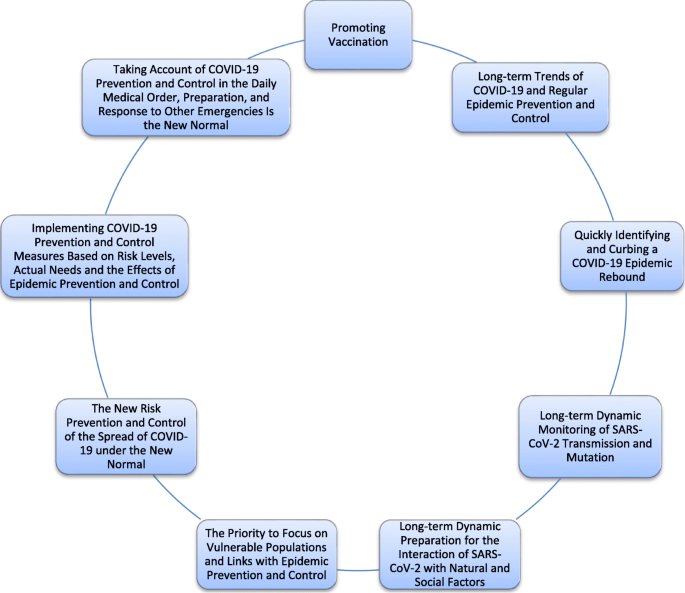
Introduction
In the ever-evolving landscape of global health, prioritizing pandemic prevention measures has become paramount. Implementing robust strategies not only safeguards individual well-being but also contributes to the broader community resilience. Let’s explore essential measures to prevent the spread of pandemics and foster a healthier, more secure future.
Understanding the Importance of Prevention
Effective pandemic prevention measures are crucial for minimizing the impact of infectious diseases on individuals and society at large. By understanding the significance of prevention, communities can proactively address potential threats and work towards creating a resilient and health-conscious environment.
Promoting Hygiene and Sanitation Practices
A cornerstone of pandemic prevention lies in promoting rigorous hygiene and sanitation practices. Encouraging regular handwashing, maintaining clean environments, and providing easy access to sanitization facilities contribute significantly to breaking the transmission chain of infectious agents.
Emphasizing Early Detection and Testing
Early detection is key to controlling the spread of infectious diseases. Implementing widespread testing initiatives allows for the timely identification of cases, enabling swift isolation and treatment. This approach not only protects individuals but also prevents further community transmission.
Encouraging Vaccination Programs
Vaccination remains a powerful tool in preventing the spread of infectious diseases. Encouraging and facilitating widespread vaccination programs is essential for achieving herd immunity, reducing the severity of illnesses, and ultimately preventing the escalation of pandemics.
Implementing Social Distancing Measures
Social distancing measures play a crucial role in preventing the rapid transmission of infectious agents. By maintaining physical distance in public spaces, workplaces, and social gatherings, individuals can significantly reduce the risk of exposure and limit the potential for widespread outbreaks.
Ensuring Adequate Healthcare Infrastructure
A robust healthcare infrastructure is vital for effective pandemic prevention. This includes ensuring an ample supply of medical resources, such as hospital beds, ventilators, and personal protective equipment (PPE). Adequate infrastructure empowers healthcare systems to handle potential surges in cases.
Fostering Public Awareness and Education
Preventing pandemics requires a well-informed and educated public. Fostering awareness about the importance of following preventive measures, understanding the signs of infectious diseases, and debunking misinformation can empower communities to actively participate in collective prevention efforts.
Implementing Travel Restrictions and Monitoring
Controlling the movement of people during potential outbreaks is a proactive measure in preventing the spread of infectious diseases. Implementing travel restrictions, monitoring border crossings, and regulating international travel contribute to containment efforts and protect global health.
Prioritizing Remote Work and Telecommuting
The adoption of remote work and telecommuting has proven effective in preventing the spread of contagious diseases. By prioritizing these flexible work arrangements, organizations contribute to social distancing efforts and help maintain business continuity during health crises.
Building International Collaboration
Pandemic prevention is a global effort that necessitates international collaboration. Sharing information, resources, and expertise across borders strengthens the collective response to potential outbreaks, fostering a united front against infectious diseases.
Conclusion with Link
In conclusion, effective pandemic prevention measures require a comprehensive and collaborative approach. By promoting hygiene, testing, vaccination, and other preventive strategies, communities can build a resilient defense against the threat of infectious diseases. For further insights into pandemic prevention measures, visit The Healthy Consumer website. Stay informed, stay safe.
Effective Pandemic Preparedness: Strategies for a Resilient Future
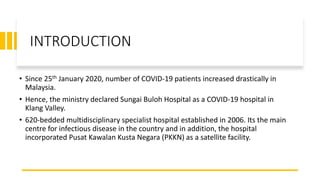
Anticipating the Unforeseen: The Essence of Pandemic Preparedness
In a world marked by uncertainty, the importance of pandemic preparedness cannot be overstated. This article delves into the strategies essential for creating a resilient foundation to navigate unforeseen challenges.
Learning from Past Experiences
The first pillar of effective pandemic preparedness is learning from historical outbreaks. Analyzing past pandemics equips us with valuable insights into the patterns of disease spread, enabling us to refine response strategies and allocate resources more effectively.
Strengthening Global Surveillance and Early Warning Systems
A robust surveillance system is the backbone of pandemic preparedness. Timely detection and reporting of potential threats allow for swift response measures. Collaborative global efforts in monitoring and sharing information can significantly enhance our ability to contain and manage outbreaks.
Building Healthcare Infrastructure Resilience
Preparing healthcare infrastructure for a surge in cases is critical. Adequate resources, well-trained healthcare professionals, and adaptable facilities ensure a resilient response. Investing in healthcare infrastructure is an investment in the well-being of communities during pandemics.
Implementing Effective Communication Strategies
Clear and transparent communication is key during a pandemic. Informing the public about risks, preventive measures, and the status of the situation fosters trust. Governments and health organizations must ensure that information is accessible, accurate, and consistently disseminated.
The Role of Technology in Pandemic Response
Technological advancements play a pivotal role in pandemic preparedness. From rapid diagnostic tools to data analytics for tracking and predicting outbreaks, technology empowers us to respond more efficiently. Integration of tech solutions enhances our overall preparedness and response capabilities.
Prioritizing Research and Development
Investing in research and development accelerates the creation of vaccines, treatments, and diagnostic tools. Pandemic preparedness requires continuous efforts to stay ahead of emerging threats. Collaboration between the scientific community, governments, and pharmaceutical industries is crucial for success.
Establishing International Collaboration
Pandemics transcend borders, necessitating a united global front. International collaboration in resource-sharing, knowledge exchange, and coordinated response efforts is imperative. A collective approach strengthens our ability to manage and mitigate the impact of pandemics.
Community Engagement and Empowerment
Empowering communities with knowledge and resources is a fundamental aspect of pandemic preparedness. Engaging with local communities, educating them on preventive measures, and fostering a sense of collective responsibility contribute to a more resilient society.
The Road Ahead: Pandemic Preparedness Strategies in Action
As we navigate the complexities of our global landscape, it’s crucial to actively implement and adapt pandemic preparedness strategies. Stay informed about the latest developments in pandemic preparedness strategies at Pandemic Preparedness Strategies, and let us collectively build a resilient future.
Government Aid: Navigating Pandemic Challenges Together
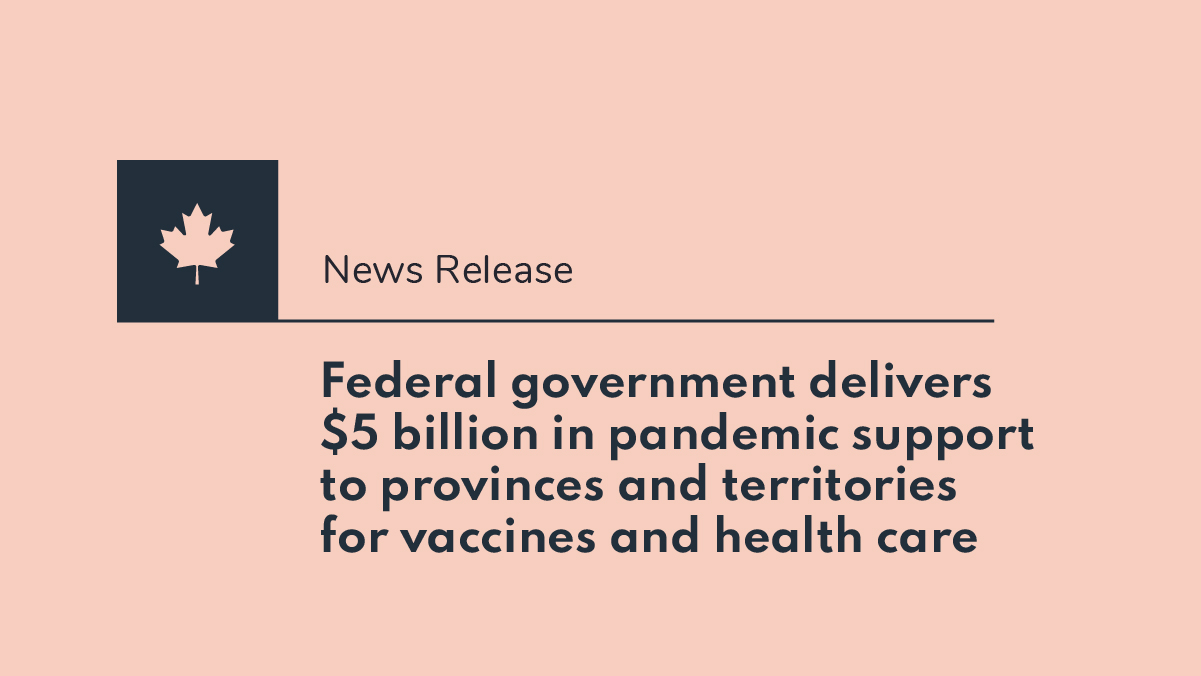
Introduction
In times of crisis, government pandemic support becomes a crucial lifeline for individuals, businesses, and communities. As the world grapples with the challenges of the ongoing pandemic, the role of government aid in navigating these turbulent times is more significant than ever. This article explores the various facets of government support and its impact on collective resilience.
Financial Assistance for Individuals
One of the primary forms of government pandemic support is financial assistance for individuals. This includes direct stimulus payments, unemployment benefits, and aid programs designed to help those facing financial hardships due to job loss or economic disruptions. These measures aim to provide a safety net for individuals and families affected by the economic fallout of the pandemic.
Business Support and Economic Stimulus
Governments worldwide have implemented a range of measures to support businesses struggling amid the pandemic. Economic stimulus packages, tax relief, and financial aid programs are deployed to help businesses stay afloat, retain employees, and weather the economic downturn. This support is essential for maintaining economic stability and preventing widespread closures.
Healthcare Infrastructure and Resources
Government aid extends to strengthening healthcare infrastructure and ensuring sufficient resources for an effective pandemic response. Funding for medical facilities, the acquisition of medical equipment, and support for research and development of treatments and vaccines are critical components of government efforts to protect public health.
Education and Digital Connectivity
The pandemic has significantly impacted education systems globally. Governments have responded by allocating resources for online learning infrastructure, providing devices to students, and supporting educators in adapting to new teaching methods. Ensuring educational continuity and digital connectivity are key priorities in government support strategies.
Job Retraining and Workforce Development
As industries undergo transformations due to the pandemic, governments are investing in job retraining and workforce development programs. These initiatives aim to equip individuals with the skills needed for emerging job opportunities, fostering adaptability and resilience in the face of economic changes.
Small Business Grants and Support
Recognizing the pivotal role of small businesses in local economies, governments are offering grants, loans, and support programs tailored to their needs. These measures help sustain small enterprises, maintain employment, and contribute to the overall economic recovery.
Mental Health and Social Services
The pandemic has taken a toll on mental health, prompting governments to allocate resources for mental health services and support programs. Ensuring access to counseling, helplines, and community services is crucial for addressing the mental health challenges exacerbated by the ongoing crisis.
International Collaboration and Aid
In a globally interconnected world, governments are also engaging in international collaboration and aid efforts. Providing support to other nations, sharing resources, and participating in initiatives for global health security are integral components of responsible governance during a pandemic.
Transparent Communication and Public Awareness
Government pandemic support extends to transparent communication and public awareness campaigns. Keeping the public informed about health guidelines, vaccination efforts, and available support services builds trust and encourages collective responsibility in the fight against the virus.
Conclusion with Link
In conclusion, government pandemic support is a multifaceted and essential aspect of navigating the challenges posed by the ongoing crisis. For further insights into the impact of government aid and strategies for resilience, visit The Healthy Consumer website. Stay informed, stay supported.
Effective Strategies: Pandemic Control Measures
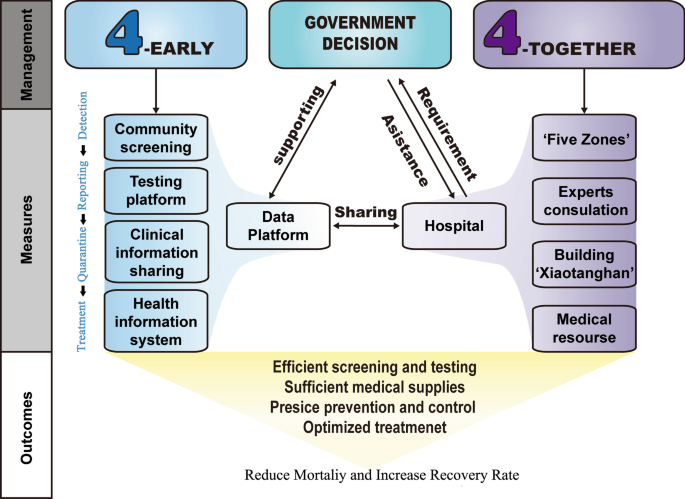
Effective Strategies: Pandemic Control Measures
The world has undergone significant transformations in response to the challenges posed by the ongoing pandemic. Understanding and implementing robust Pandemic Control Measures are crucial steps in mitigating the spread of infectious diseases and safeguarding public health.
Early Detection and Surveillance
Timely detection of potential outbreaks is paramount in controlling the spread of a pandemic. Surveillance systems that monitor patterns of illness help authorities identify and respond to emerging threats swiftly. Early detection sets the stage for effective intervention.
Strategic Testing and Contact Tracing
Wide-scale testing and efficient contact tracing form the backbone of Pandemic Control Measures. Identifying and isolating infected individuals, along with tracking and notifying their contacts, contribute to breaking the chain of transmission and preventing further spread.
Public Health Education and Communication
Transparent and accessible communication is key to ensuring public cooperation with control measures. Public health education campaigns play a vital role in disseminating accurate information, dispelling myths, and encouraging adherence to recommended guidelines.
Quarantine and Isolation Protocols
Implementing effective quarantine and isolation protocols helps prevent the transmission of the virus. Isolating infected individuals and quarantining those exposed are essential measures in controlling the spread of infectious diseases.
Strengthening Healthcare Infrastructure
A resilient healthcare infrastructure is critical during pandemics. Enhancing capacity, securing necessary resources, and providing adequate training for healthcare professionals are vital components of preparedness and response.
Vaccination Campaigns and Immunization
Vaccination is a powerful tool in controlling the impact of a pandemic. Launching extensive vaccination campaigns, ensuring vaccine accessibility, and promoting immunization contribute significantly to achieving population-wide immunity.
International Cooperation and Coordination
Pandemics transcend borders, making international cooperation imperative. Collaborative efforts between nations, sharing information, resources, and expertise, enhance the collective ability to respond effectively to global health crises.
Adaptive Policy Implementation
Flexibility in policy implementation is crucial as the situation evolves. Governments and health authorities must adapt control measures based on the changing dynamics of the pandemic, taking into account scientific developments and real-time data.
Community Engagement and Support
Engaging communities in the implementation of control measures fosters a sense of shared responsibility. Communities play a vital role in adhering to guidelines, supporting vulnerable populations, and contributing to the overall success of pandemic control efforts.
Pandemic Control Measures: A Continuous Effort
As we navigate the complexities of pandemics, it’s essential to recognize that control measures require ongoing evaluation and refinement. Regular assessments of strategies, continuous public engagement, and a commitment to learning from experiences are key to adapting and improving our response to future health challenges.
In the quest for effective Pandemic Control Measures, The Healthy Consumer serves as a valuable resource. Explore comprehensive information, stay informed, and actively participate in collective efforts to safeguard public health. Together, we can build a more resilient and prepared world.
Unraveling Global Pandemic Trends: Insights and Impact
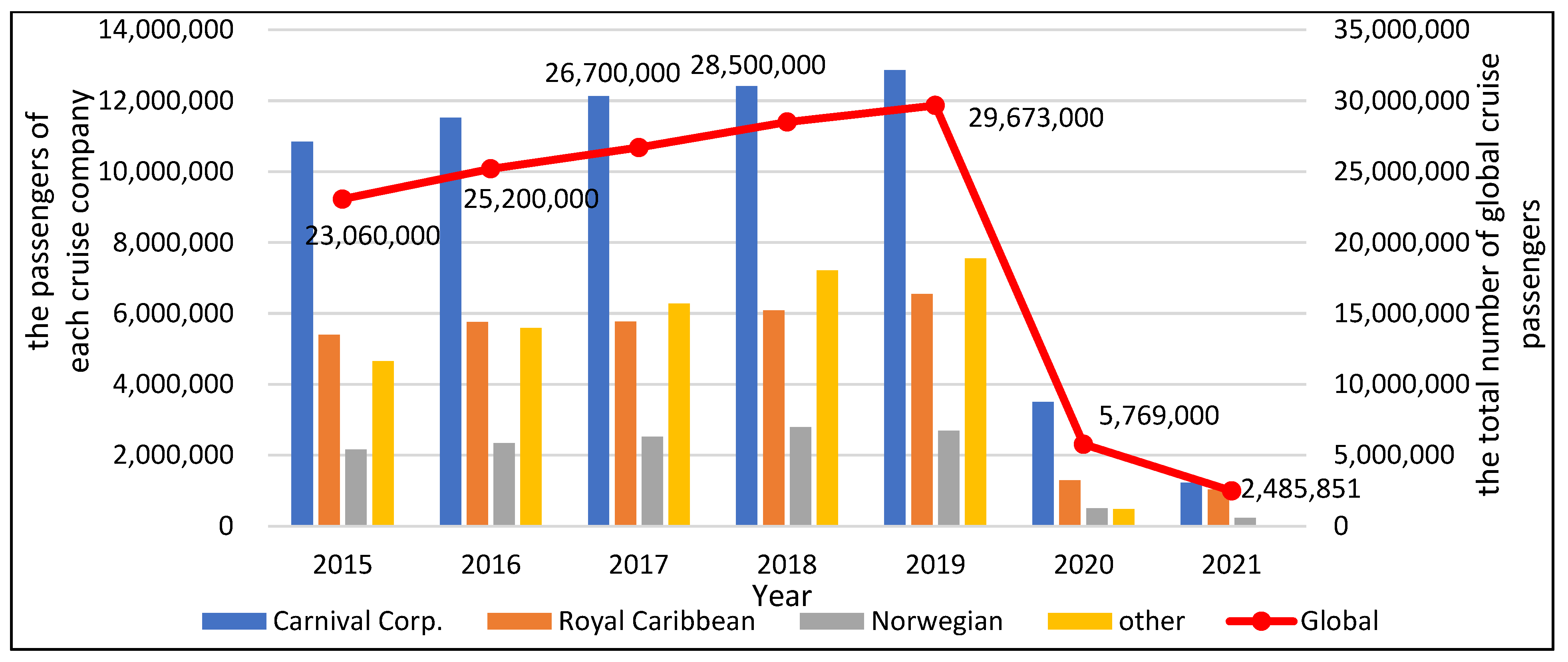
Unraveling Global Pandemic Trends: Insights and Impact
The global landscape has been significantly shaped by the ebb and flow of the ongoing pandemic. Examining and understanding Global Pandemic Trends provides crucial insights into the multifaceted impact on societies, economies, and public health.
Analyzing the Dynamics of Spread
One key aspect of Global Pandemic Trends is the analysis of how infectious diseases spread across regions. Studying transmission patterns, hotspots, and factors influencing the virus’s movement helps in formulating targeted strategies for containment and mitigation.
Economic Fluctuations and Adaptations
Global Pandemic Trends have triggered economic fluctuations on an unprecedented scale. Industries, businesses, and job markets experience shifts in response to lockdowns, remote work trends, and changes in consumer behavior. Understanding these economic dynamics is essential for recovery planning.
Healthcare Infrastructure Resilience
The pandemic has underscored the importance of resilient healthcare infrastructure. Examining Global Pandemic Trends in healthcare reveals the strengths and weaknesses of systems worldwide. Insights gained contribute to bolstering healthcare preparedness for future health crises.
Technological Innovations in Response
Global Pandemic Trends have accelerated the adoption of technology in various sectors. From telemedicine to remote work solutions, technological innovations have played a crucial role in response efforts. Analyzing these trends sheds light on the future integration of technology in healthcare and work environments.
Shifts in Public Health Priorities
The pandemic has prompted a reevaluation of public health priorities globally. Global Pandemic Trends reflect shifts in focus, with increased attention on infectious disease preparedness, vaccination infrastructure, and mental health support.
Education Transformations and Challenges
The education sector has undergone significant transformations in response to Global Pandemic Trends. Remote learning, digital classrooms, and hybrid models have become commonplace. Examining these trends informs ongoing discussions about the future of education.
Social and Cultural Impacts
Global Pandemic Trends extend beyond health and economics to influence social and cultural norms. Changes in social interactions, attitudes toward public health measures, and the redefinition of cultural practices are all part of the evolving landscape.
Environmental Considerations
The pandemic has prompted reflections on the environmental impact of human activities. Global Pandemic Trends include shifts in pollution levels, changes in travel patterns, and discussions on sustainable practices. These trends contribute to ongoing dialogues about environmental conservation.
Community Resilience and Solidarity
Examining Global Pandemic Trends also unveils stories of community resilience and solidarity. Individuals and communities worldwide have come together to support one another. Understanding these trends fosters a sense of shared experience and collective strength.
Navigating the Future – Global Pandemic Trends
In navigating the future, it’s essential to stay informed about Global Pandemic Trends. The Healthy Consumer serves as a valuable resource, offering insights, resources, and support for understanding and adapting to the evolving global landscape. Explore the trends, gain knowledge, and actively participate in shaping a resilient future.
Navigating Pandemic Challenges: Government Policies in Action

Unveiling the Framework: Government Pandemic Policies in Action
Governments worldwide have played a pivotal role in shaping responses to the ongoing pandemic. This article delves into the multifaceted landscape of government pandemic policies, exploring their impact on public health, economies, and societal well-being. From preventive measures to economic stimulus, government policies have been instrumental in navigating the complex challenges presented by the global health crisis.
Public Health Measures: A Foundation of Government Response
At the forefront of government pandemic policies are public health measures aimed at curbing the spread of the virus. These include social distancing protocols, mask mandates, testing initiatives, and vaccination campaigns. Governments strategically implement these measures based on evolving scientific understanding and the current state of the pandemic, emphasizing the importance of collective responsibility in safeguarding public health.
Economic Stimulus and Financial Support
Recognizing the economic toll of the pandemic, governments worldwide have rolled out extensive economic stimulus packages. These measures include financial aid to individuals, businesses, and sectors heavily impacted by lockdowns and restrictions. The goal is to stabilize economies, prevent widespread financial hardship, and lay the groundwork for a robust recovery once the health crisis abates.
Healthcare Infrastructure Investment
Government policies have also focused on strengthening healthcare infrastructure to better handle the surge in COVID-19 cases. Investments in hospital capacity, medical supplies, and the development of temporary healthcare facilities have been critical components. Governments aim to ensure that healthcare systems are well-equipped to handle not only the current crisis but also any future health challenges.
Education Adaptations and Remote Learning Policies
The education sector has witnessed significant adjustments through government policies. With school closures and the need for social distancing, many governments have implemented remote learning policies. Investments in technology, digital infrastructure, and efforts to bridge the digital divide aim to provide continuity in education while ensuring the safety of students and educators.
Travel Restrictions and Border Controls
In response to the global nature of the pandemic, governments have implemented travel restrictions and border controls. These measures aim to curb the international spread of the virus and prevent the introduction of new variants. Governments carefully balance the need to maintain essential travel with the imperative to protect public health.
Communicating Transparently: The Role of Government Messaging
Transparent communication has been a cornerstone of effective government pandemic policies. Clear and consistent messaging helps build public trust and understanding. Governments use various communication channels to disseminate information about health guidelines, policy updates, and vaccination campaigns, fostering a sense of shared responsibility in the fight against the virus.
Social Support Programs and Mental Health Initiatives
Recognizing the strain on individuals’ mental health, governments have introduced social support programs and mental health initiatives. These may include counseling services, helplines, and community-based mental health support. Governments aim to address the psychological impact of the pandemic and provide resources for individuals facing increased stress and anxiety.
Adapting Policies Based on Scientific Developments
Government pandemic policies remain dynamic, adapting to evolving scientific developments and real-time data. Flexibility in policy-making allows governments to respond swiftly to emerging challenges, adjust public health measures, and refine economic strategies. The ability to learn and adapt based on scientific insights is crucial in effectively navigating the complexities of the pandemic.
Global Collaboration and Vaccine Diplomacy
Governments engage in global collaboration to address the international dimensions of the pandemic. This includes participating in vaccine diplomacy, sharing resources, and supporting global vaccination efforts. Governments recognize the interconnected nature of the health crisis and the importance of collective action in achieving global health security.
Navigating the Future: Reflections on Government Pandemic Policies
As governments continue to navigate the complexities of the pandemic, reflections on the efficacy of policies become essential. Evaluating the impact of public health measures, economic stimulus, and support programs informs future decision-making. The lessons learned shape a resilient framework for addressing not only the current crisis but also potential health challenges on the horizon.
Explore Government Pandemic Policies in Depth
For a deeper exploration of government pandemic policies and their far-reaching impacts, visit Government Pandemic Policies. Understanding the intricacies of these policies is crucial for individuals seeking insights into the collective efforts shaping our response to this unprecedented global health crisis.
Navigating Challenges: Government Support During the Pandemic

Navigating Challenges: Government Support During the Pandemic
Governments worldwide have played a pivotal role in addressing the multifaceted challenges posed by the ongoing pandemic. This article explores the various dimensions of government support during these trying times, highlighting the crucial initiatives and policies implemented to safeguard public health and economic well-being.
Public Health Initiatives and Vaccination Rollout:
A cornerstone of government support has been the implementation of robust public health initiatives. This includes widespread testing, contact tracing, and vaccination rollout programs. Governments have worked tirelessly to ensure the equitable distribution of vaccines, aiming to achieve herd immunity and curb the spread of the virus. These initiatives are crucial in safeguarding the health of the population and mitigating the impact of the pandemic.
Government Support Pandemic: A Comprehensive Guide
For a comprehensive guide on government support during the pandemic, visit Government Support Pandemic for valuable insights and resources.
Economic Stimulus Packages and Financial Aid:
Recognizing the economic hardships faced by individuals and businesses, governments worldwide have implemented economic stimulus packages and financial aid programs. These initiatives aim to provide much-needed financial relief, support job retention, and stimulate economic recovery. From direct cash payments to small business grants, these measures alleviate the economic strain caused by the pandemic.
Healthcare Infrastructure Strengthening:
The pandemic exposed vulnerabilities in healthcare infrastructures globally. Governments have responded by investing in and strengthening healthcare systems. This includes expanding hospital capacities, procuring medical equipment, and training healthcare professionals. These efforts not only enhance the immediate response to the pandemic but also contribute to long-term healthcare resilience.
Social Welfare Programs and Support for Vulnerable Populations:
Vulnerable populations, including the unemployed, low-income families, and the homeless, have faced heightened challenges during the pandemic. Governments have implemented social welfare programs to provide essential support such as food assistance, housing relief, and access to healthcare. Targeted measures aim to address the unique needs of those most affected by the economic and social impacts of the pandemic.
Education and Remote Learning Initiatives:
With disruptions to traditional education, governments have implemented initiatives to facilitate remote learning. This includes providing digital devices to students, ensuring internet connectivity, and supporting educators in adapting to online teaching. These efforts aim to minimize the educational impact of the pandemic and promote continued learning in a virtual environment.
Global Collaboration and Vaccine Diplomacy:
The pandemic highlighted the importance of global collaboration in tackling health crises. Governments have engaged in vaccine diplomacy, contributing to international efforts to ensure vaccine access for all. By collaborating on research, sharing resources, and supporting global vaccination campaigns, governments work towards a collective and coordinated response to the pandemic.
Communication and Transparent Information Dissemination:
Effective communication has been a key aspect of government support. Governments have prioritized transparent information dissemination, providing regular updates on the status of the pandemic, vaccination progress, and health guidelines. Clear communication fosters public trust and encourages adherence to recommended safety measures.
Legislative Measures and Policy Adaptations:
Governments have swiftly enacted legislative measures and adapted policies to address the evolving challenges of the pandemic. This includes changes to labor laws, business regulations, and public health policies. The ability to adapt and implement timely measures is crucial in mitigating the impact of the pandemic on various sectors.
Crisis Management and Preparedness Planning:
Governments have also focused on crisis management and preparedness planning for future health emergencies. By evaluating the strengths and weaknesses exposed by the current pandemic, governments aim to develop more robust strategies and systems to handle future crises effectively. This forward-looking approach contributes to building resilience at both national and global levels.
Conclusion:
Government support during the pandemic has been multi-faceted, addressing health, economic, and societal challenges. From public health initiatives and economic stimulus packages to healthcare infrastructure strengthening and global collaboration, governments have played a central role in navigating these unprecedented times. As the world continues to grapple with the effects of the pandemic, the importance of ongoing government support and preparedness planning remains paramount in ensuring a resilient and collective response to future challenges.





